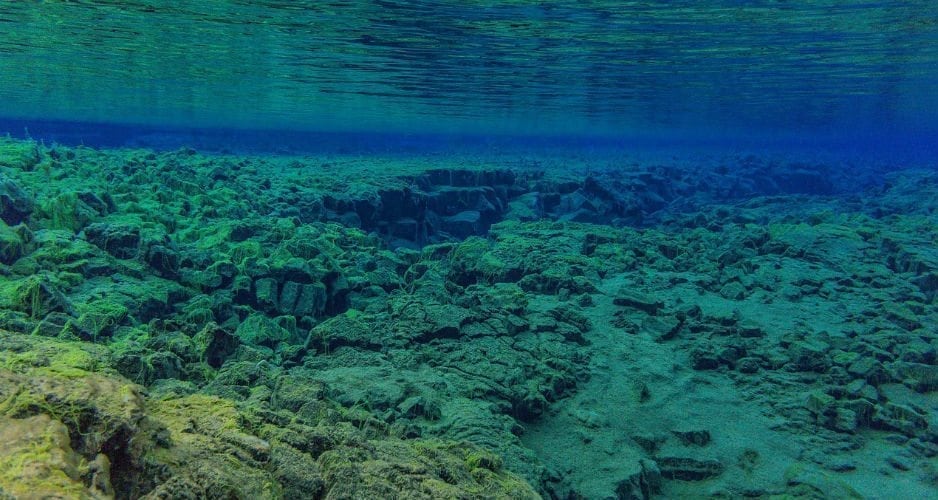Marine plankton are at the heart of complex oceanic and terrestrial food webs. Not only do they provide nutrition for the ocean’s largest creatures, they provide more than 50 percent of Earth’s oxygen. Their short life cycles and erratic behavior tell biologists about changes in the surrounding environment and can act as a warning when systems are imbalanced. Or at least they would act as a warning if scientists were able to accurately study them in marine environments.
The problem lies in how to observe their behavior. Plankton are microscopic and unpredictable, making them notoriously difficult to examine in their natural setting. This is the puzzle Simone Bianco and the research team at IBM set out to solve with their artificially intelligent microscopes. In combination with a 3D lensless microscope, the AI is able to track and classify types of plankton and make observations about the state of their environment.
Bianco, a staff researcher from the Department of Industrial and Applied Genomics at the IBM Almaden Research Center, struggled for years with how to incorporate AI technology into a microscope. The plankton move so quickly that he was not able to properly model changes in shape or behavior because the lens was constantly losing focus. When a 3D lensless microscope was invented by fellow IBM researcher Tom Zimmerman, Bianco was finally able to capture the data he needed to create meaningful behavioral models. “Tom’s microscope has no lens, so no focusing is required. It relies on an imager chip, like the one in cell phone cameras, to capture the shadows of plankton as they swim on top of the imager chip.”
The new tech will enable researchers to see and predict changes in aquatic environments as they happen. Monitoring fluctuations within these ecosystems will prove increasingly important with the growing prevalence of oceanic dead-zones, toxic algae blooms, and the current administration’s plan to approve offshore-drilling operations around the coastal U.S.
The microscopes will be deployed using floating instrument panels, similar in aesthetic to a surfboard, equipped with hoses that collect information from various depths. With large networks of these devices working in unison, researchers will be able to compile massive data sets to determine changes occurring over extensive swaths of ocean as well as in localized ecosystems.
There’s a reason IBM named this tech one of the five most innovative technologies set to change our lives in the next five years. Improved research capabilities and larger databases will help to pinpoint areas in need of conservation or closer attention. The blue planet is in dire need of an oceanic protector, and an AI microscope riding a surfboard might just be our unlikely savior.
by Patricia Miller
Image courtesy of Pixabay











